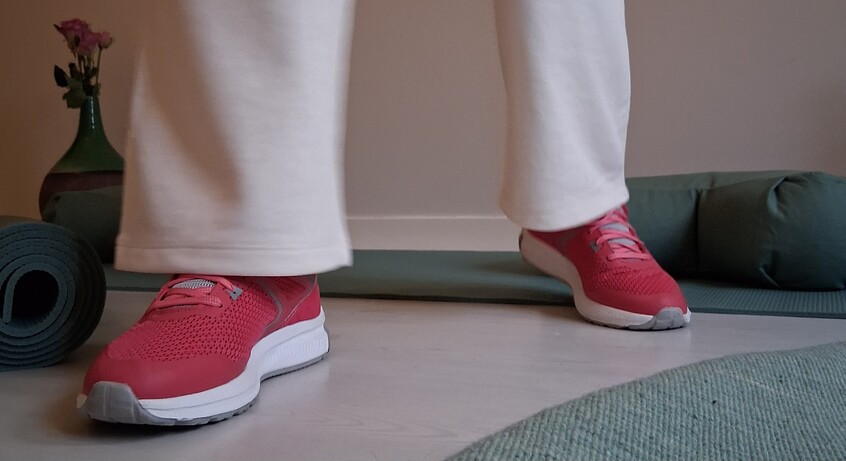Dance Movement Therapy
Dance Movement Therapy is an artistic psychotherapy method that integrates talk with movement and dance. It is based on the assumption that body and mind interact with one another, and that movement and creative expression contribute to the therapeutic process.
Movements contain rhythm, direction, and energy, much like emotions do. By exploring different qualities of movement, we can connect with ourselves and become aware of our personal patterns. Dance and music can stimulate imagination, play, and evoke feelings and memories, which then provide insight and direction in therapy. Through movement and dance, we can express emotions and needs, symbolically represent and process experiences, which fosters feelings of empowerment, change, and agency.
Creative expression can reveal possibilities and offer new perspectives on challenges and life, even amidst difficult circumstances. Dance can evoke feelings of joy, comfort, hope, and strengthen both self-esteem and vitality.
In dance therapy, we work at a calm pace with movements, practicing body awareness and emotional awareness. We focus on your resources, strengthening what is working, but also on the areas you wish to receive support with. Personal movement expression is encouraged, whether it happens in an improvised form or through choreography. Music is often used as inspiration for movement when themes are explored and embodied. You participate according to your own ability, regardless of how much or little movement you are able to express. Afterwards, we talk and reflect on what was danced, the feelings, thoughts, and memories that arose during the session, and connect them to current patterns, challenges, and issues in your life.
The therapeutic process involves the connection between dance, the area of focus, and life itself. The healing process continues between sessions, during the weeks, and over the course of the therapy.
A Brief History
Dance therapy rests on two pillars: psychotherapy methods and dance/movement. Dance therapy began to emerge in the United States after World War II. Returning soldiers who were traumatized and placed in hospitals needed help processing their difficult experiences. Initially, various artists, dancers, and choreographers were invited to engage patients through different art forms, such as dance and visual arts. This was a complement to traditional treatments at hospitals and proved to have positive effects on the patients' conditions. Over time, various dance therapy methods developed in the U.S. and Europe, inspired by psychoanalytic/psychodynamic schools of that era.
In fact, humans have engaged in rhythm, movement, song, dance, music, and other creative forms for as long as history can tell, as part of expressing themselves and communicating with one another. To symbolize and give form to emotions and needs through rituals appears to be a common thread in cultures around the world. People have used dance and music, for example, to invoke higher powers, heal the sick, celebrate transitions, mourn, manage stress, and regain strength.
In our modern society, song, music, and dance remain an essential part of people's lives. It’s hard to imagine a life or a society where song, music, dance, and creative expression are absent. Artistic expression seems to be what makes us deeply human; we need to express ourselves, communicate with our surroundings, and feel connected and united with one another.

